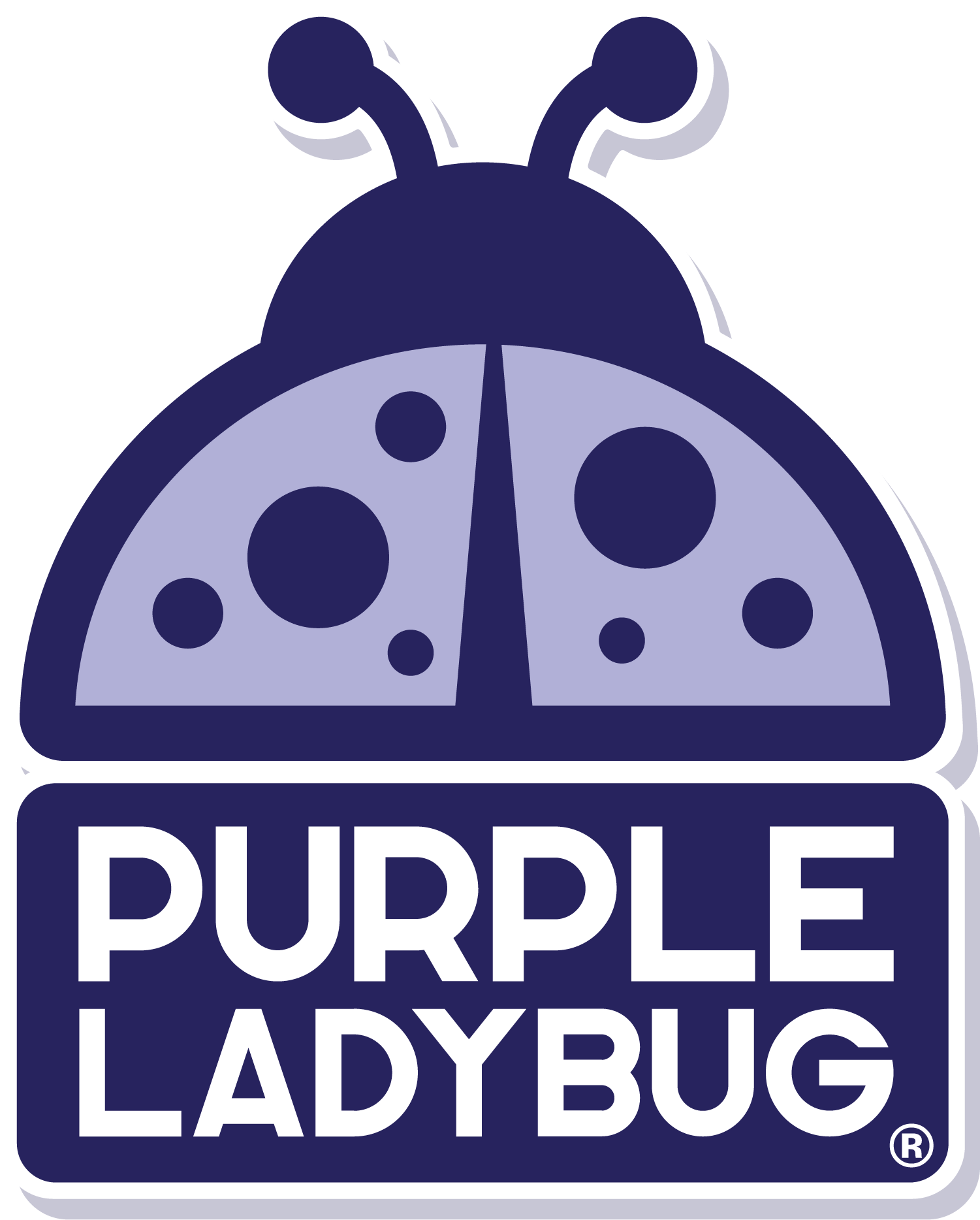Updated by Ashley C. on September 9, 2021
Kids are natural scientists. They are full of wonder and curiosity, and a never-ending supply of “why's. They will crouch down to watch an ant scurry by, drop countless amounts of food and toys on the floor, and turn a light on and off over and over again — all in the name of science.
There is so much to see and learn about the world. And sometimes your child may want to dig a bit deeper into the why of it all. We are sharing some of our favorite at-home science experiments for kids, perfect for rainy weekends or deep dives into complex science topics. Your kids will love these fun and simple home science experiments. It’s time to explore!
Tips for completing a fun home science experiment
Kids love creating science at home, but as parents, it can be stressful. Make the most of your science time with these tips.
- Gather everything you need before you start
Kitchen science is great fun. But nothing can destroy the excitement like realizing you don’t have everything you need to complete your experiment. Double-check that you have all the necessary ingredients and supplies before you announce your plans to the kids. We all know how quickly they can lose interest — keep the fun alive by being prepared.
- Plan for the mess
Science at home can get a bit messy. Ease your activity anxiety by planning for the mess. Gather a tub for containing liquids. Lay down a trash bag or tarp to cover the lab area. Or take everything outside. Everyone will relax and have more fun when mess is not a worry.
- Let your child explore
Most experiments have a set of instructions to follow. But science is all about experimentation. Spend some time working on your project as intended, then let your child stretch their mind by creating their own hypotheses — and testing them out. Record your results and discuss your discoveries. Congrats — you’re raising a little scientist!
The 9 Best Home Science Experiments for Kids
Engaging Science Kits
Looking for a new science kit with everything you need, packaged up and ready to go? We’ve got you covered!
Craft Your Own Lip Balm Kits
Everybody loves lip balm, but did you know you can create it at home? This kit has everything you need to explore the scientific process behind their favorite skincare item.
Your child’s new lip balm is created with three all-natural, safe ingredients — shea butter, beeswax, and olive oil. And the kit even includes cases for dispensing their lip balm. Your child can choose a kit with 10 pastel-colored cases — perfect for gifting to friends. Or if your kiddo is all about the glitz and glam, check out our glittery bow tie cases.
Science is for everyone! Enjoy creating something new with these practical STEM kits for your creative child.
Grow Your Own Crystals Kits
If your kiddo loves collecting rocks and gemstones, gift them a kit to make their very own! These Grow Your Own Crystals kits are an exciting project for your budding geologist.
Each kit comes with two different colored packets used to create two beautiful crystals. Choose from red and green, blue and yellow, or purple and orange. Everything you need is included! All that’s left is to mix it up and watch your child’s crystal grow!
Your kiddo will be excited to display their new creations! Check out these engaging kits to keep science colorful and fun!
Kitchen Science Experiments
No special ingredients or tools needed here. With some kitchen and pantry staples, you can create science with your kiddo this weekend!
The Classic Volcano - Baking Soda and Vinegar
This classic experiment combines a dry base, sodium bicarbonate (baking soda), with a liquid acid (vinegar) for a bubbly and potentially explosive result. This experiment is great fun for kids and can be done in so many ways.
Try testing different amounts of the ingredients or changing up the containers you’re mixing them in. How does this affect the results? This experiment can lead to all kinds of discussions — from chemical reactions to how volcanoes actually work. No matter what, it’s sure to be a blast!
Mentos and Soda
You’ll definitely want to head outside for this one! Grab a two-liter of Diet Coke (and a few other varieties for experimenting) and a few packs of Mentos. Add them together, then watch as the soda’s carbon dioxide creates a dramatic soda eruption. Check out the American Chemical Society’s video for more details and a thorough explanation of this experiment.
Elephant Toothpaste
Ready for a foamy and fun experiment? This one is a huge hit with the kiddos (and another messy one that’s best done outside). Here we use hydrogen peroxide, yeast, and a little dish soap to end up with a glorious foam that looks remarkably like toothpaste (and a lot of it...enough for an elephant, you might say 😉).
There are lots of ways to experiment with these ingredients to get different results, like adding food coloring or using different sizes of containers. This reaction can produce a bit of heat, so for little ones try a more kid-safe version like this one from ThoughtCo. Want more info on the science that is happening here? Read this thorough explanation from Scientific American.
Oobleck
This silly Seussian word is one of the easiest activities to pull off — it’s a simple mixture of cornstarch and water. That’s it!
This is a great activity to make with your kids and an easy one for experimentation. But what exactly is Oobleck? It’s a Non-Newtonian substance, meaning it has properties of both a solid and a liquid. It’s a little bit slimy, a little bit chalky, and a whole lot of fun!
Check out this article from Little Bins for Little Hands for a simple oobleck recipe. This home science experiment can lead to interesting conversations about the different states of matter and what defines them. Break some science rules with oobleck!
Baking
All of these science experiments are exciting, but one of the best ways to create everyday science at home is by inviting your kids to help you bake. Cakes, cookies, and even candy all rely on delicious science.
How can you bring science to your kitchen?
- Bake a sourdough loaf to explore chemistry and biology
- Create candy and observe different melting points and states of matter
- Mix up cake batter while discussing measurements and chemical reactions
Need to brush up on the science behind baking? Check out this link from the American Chemical Society to discover all of the ways you can bring baking science home.
Easy Water Experiments
Water is amazing! Keep bath time exciting with these easy at-home water experiments.
Density Learning
Why does wood float or oil sit on top of water? Density! Next time you’re outside, gather a bunch of nature items (or just grab a few toys) and play a game of sink or float. This is a great way to bring play and learning to bath time!
Explore density even more with this magical experiment from Childhood 101. Create a colorful tower of liquids, and then discuss how density keeps them all from mixing together. Click on the link to gather your ingredients and read a great description of how and why this experiment works.
Surface Tension Experiments
Water has some amazing properties. One of the most magical to witness is surface tension. Water has a very high surface tension, so its molecules try their best to stay together. That’s why a glass may look like it should be overflowing while the water begins to dome up instead.
Check out this fun and simple surface tension experiment by Rookie Parenting. Just like our colorful density tower, this almost feels magical. But it’s just the amazing power of water and science.
Have fun with science at home!
Inside all of us is a little scientist longing to observe the world and answer life’s questions. Your kid’s natural curiosity will delight in these simple at-home science experiments.
The best part — you don’t need a lab coat or fancy equipment to bring science home! With the right science kit or just a few pantry staples, you can create your own home laboratory. Have fun exploring!
Looking for more activities to keep your child learning? Check out our IG @PLBFun!


